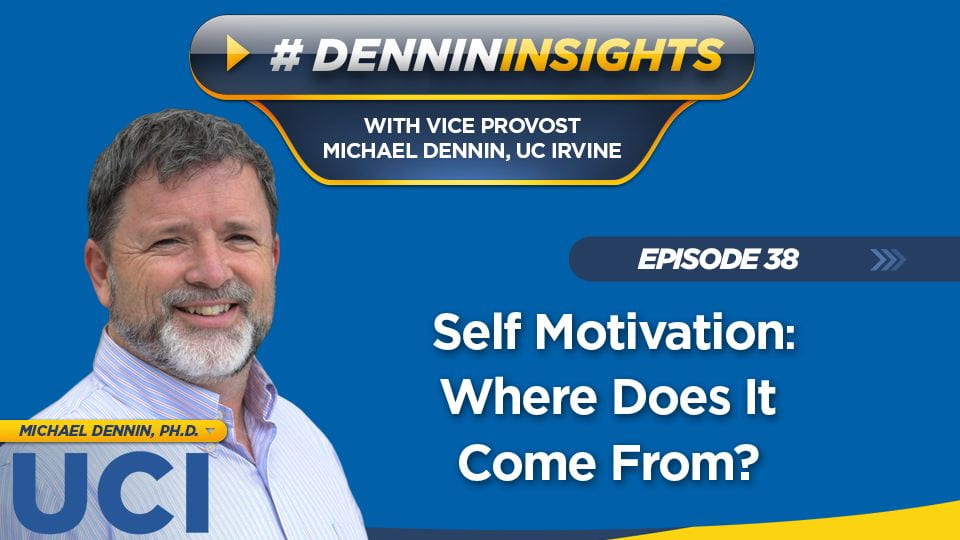Since it is still January, I feel it is okay to do a post that reflects on New Year’s resolutions. New Year’s resolutions make me think about the question of internal versus external motivation because they are an interesting combination of both. It is external in the sense that there is a “societal pressure” to make them. Sometimes we even share them with friends and family, and that provides an additional source of external pressure. At the same time, resolutions are ultimately internal because it is up to us to carry through and do the work to make them real.
Why bring this up in an educational blog? It strikes me that an important goal of education is to help students develop strong internal motivation. Despite this, we often heavily rely on external motivation tools in the classroom. At the risk of repeating myself on previous topics, thinking about student motivation—especially in the area of grading and assignments—is an important element in the future of education. We want to make sure that we are designing course experiences that ultimately do lead to students with strong internal motivation.
Thinking about my own teaching, I have definitely experienced an evolution in my philosophy. As a new teacher, I used grades/points to motivate students to do homework and eventually included classroom participation as a graded element as well. Generally, I designed my courses so that in the end these points barely mattered, but often the students did not realize this. I definitely viewed the points as a way to communicate to the students what was important for them to do to succeed in my class. And I even explained it this way explicitly. But, looking back, I am not sure the students paid any additional attention to the feedback on these activities!
Later on in my teaching career, I started handing out cards for students to respond to multiple-choice questions in class. I regularly had the students think-pair-share as part of this, a classic active learning activity. This was in 400-person Intro to Physics classes, and I regularly had high attendance in lecture. Of course, I did not have exact statistics and could not use attendance for grading. But, whatever I was doing communicated the value of attending class and participating in the discussion—at least for most of the students.
Fast forward, and like many, I switched to clickers (now I would use Poll Everywhere) and assigned participation points. It is probably true that attendance went up, or as I like to say, almost all the clickers attended class. But, I wonder about the increased value of the points. Was there more learning when the active participation was essentially voluntary or was the point system worth the loss of the voluntary nature?
I am not arguing that we need to drop technology, active learning, or even points for active learning. I am raising the question that, as we increase the use of points for various elements of the course, are we allowing other ways for students to develop self motivation? Are there really good examples of combining active learning with self motivation? I am sure people have them and have even done research on this.
With this post, I am hoping to introduce a new element of this blog—responses to these questions! Using the comment section, I ask that people provide their thoughts on this issue. How do you develop self motivation? What do you see as the right balance between giving points for activities versus having them be voluntary? Other thoughts on this topic?
Unfortunately, there are no points associated with this activity—so I am relying on your self motivation to engage!

Undoubtedly, self motivation may mean different things to people in general, and make come from different forms and shapes. In my case, my self motivation comes from three different experiences. 1st, having been born with no utilities and in a very impecunious community, I take nothing for granted, thus comes my motivation to always work hard no matter my task. 2nd, As a father of triplets, I feel I owe it to my family to do the best to support them the most I can. Finally, and 3rd, is the wisdom I inherited from my grandfather- always appreciate the little things in life and find joy in whatever you do.
In my classroom, I realized that not everyone was taking my class because they wanted to — many took my classes because they were required. So, a mix of carrots and sticks was always necessary.
The first strategy is choice. Adding as much choice into the assignments as possible increases internal motivation.
Second, making assignments very practical in nature — for education students, that was easy. Practical assignments and then very explicit rationale for each assignment, so students know why they are doing it.
Third, connections. How can our classes increase connections between people?
Great book by Deci — Why We Do What We Do discusses this topic in depth. Control, competence, connection — these are the keys to self-motivation!